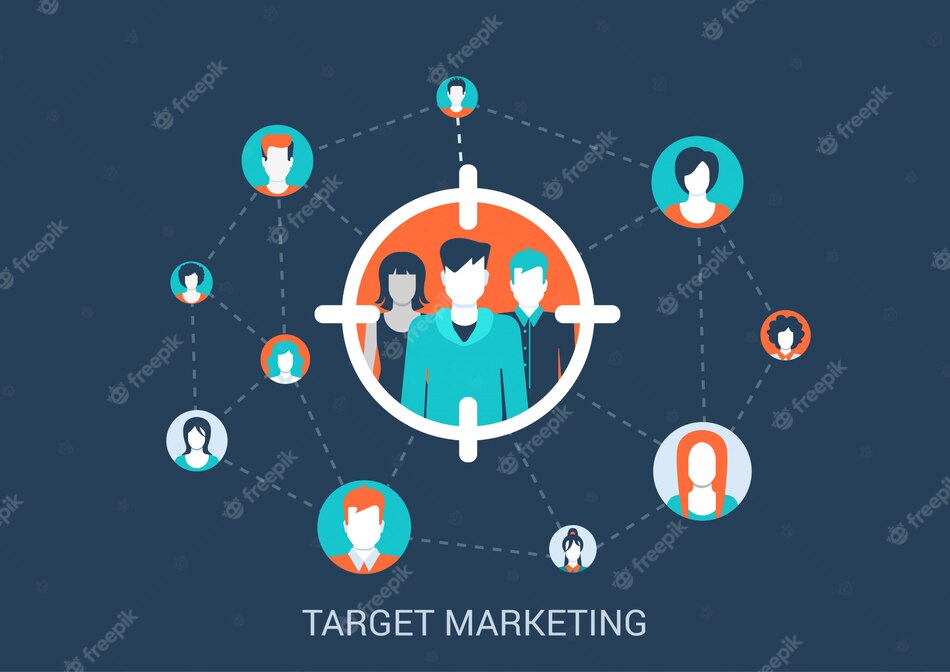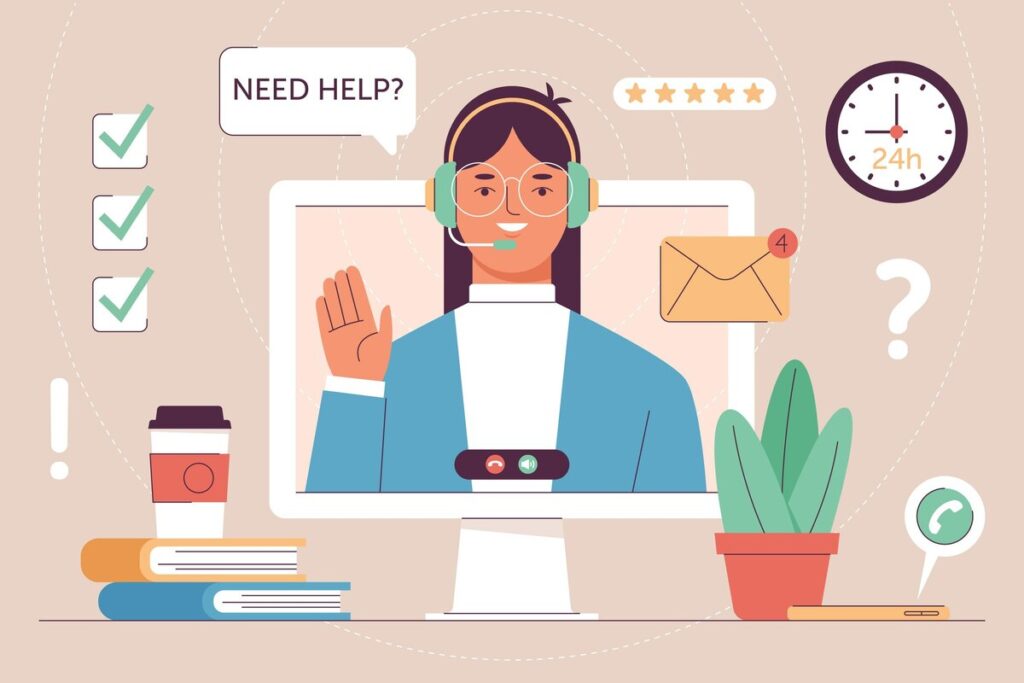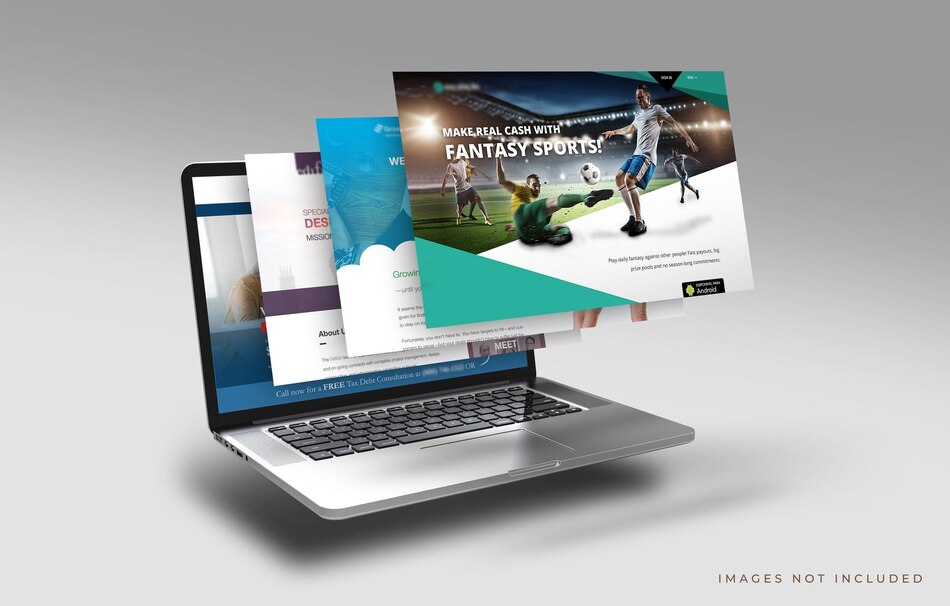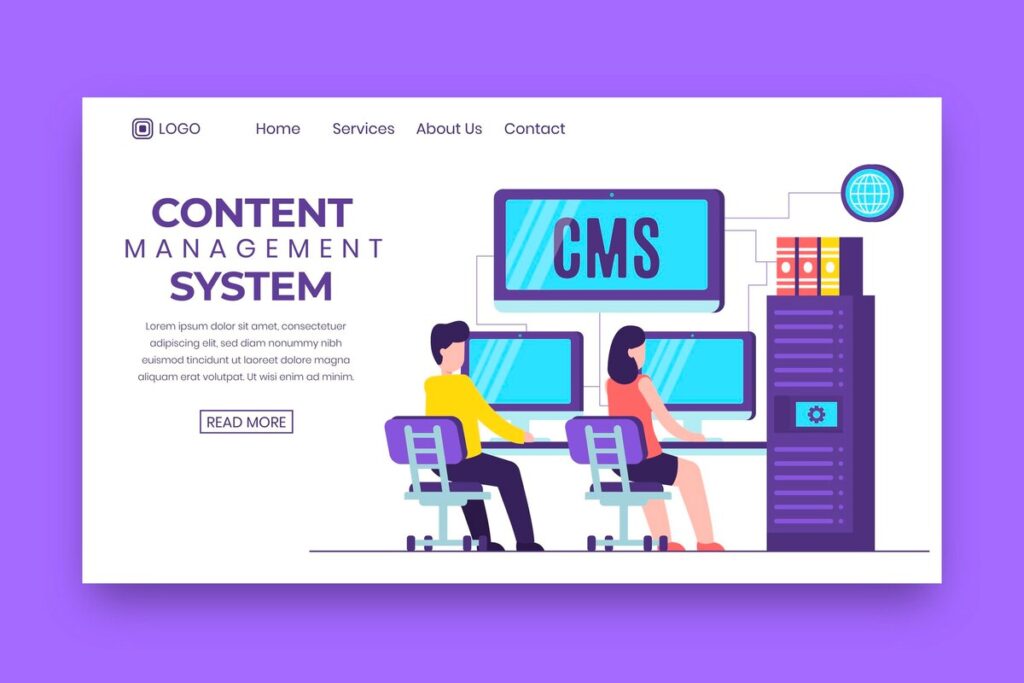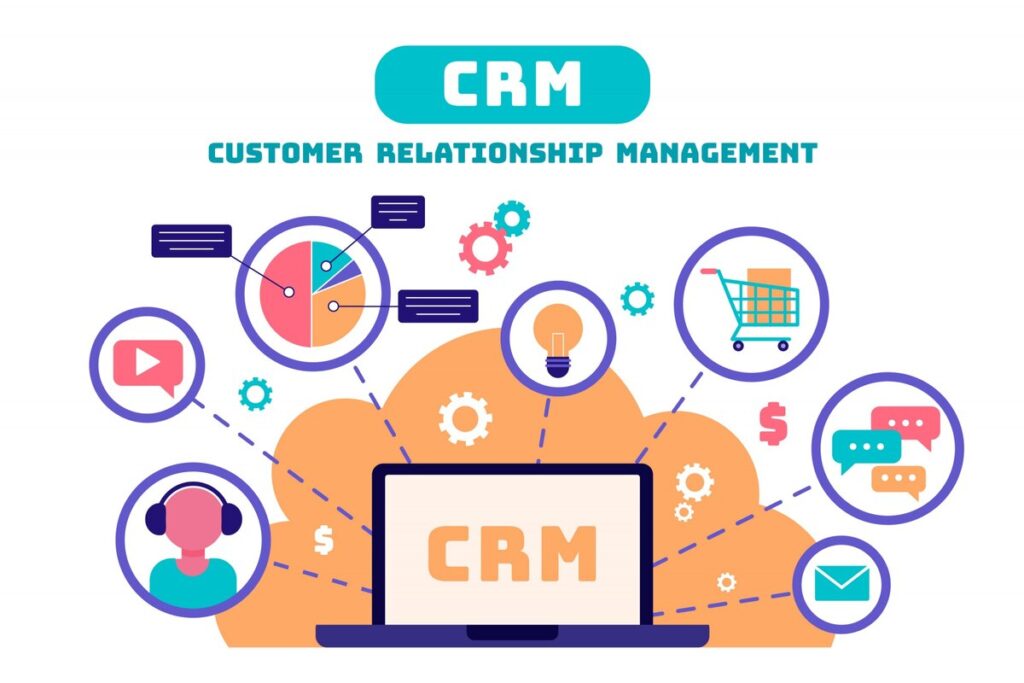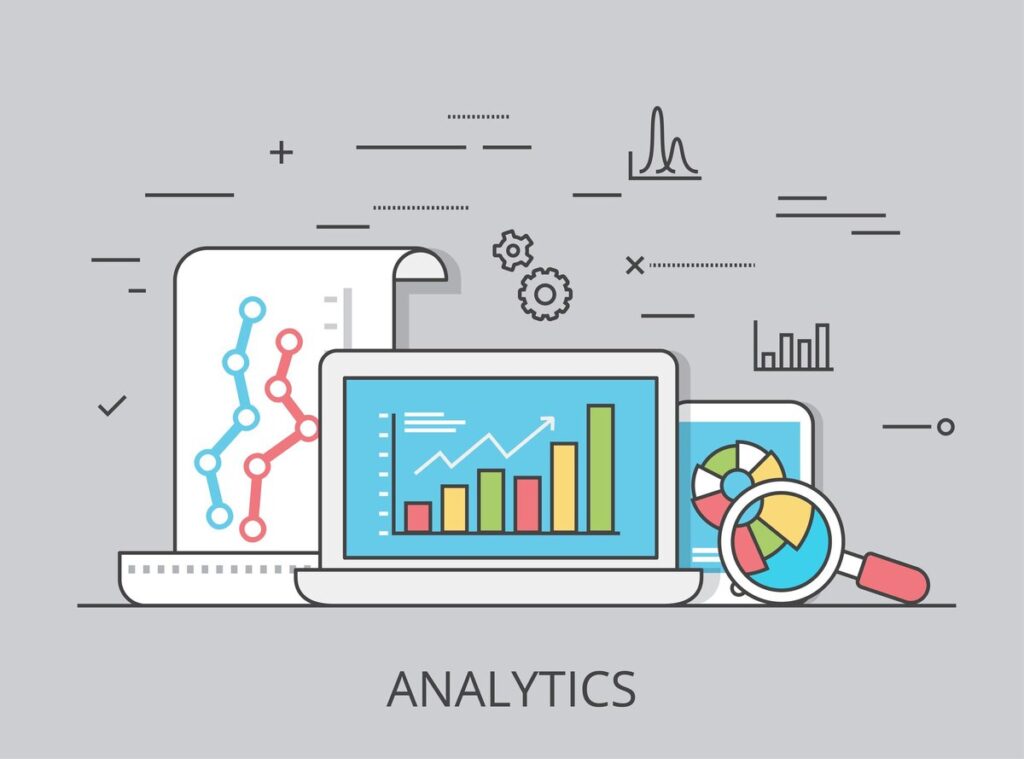New to online business? Well…good for you! Because I have compiled a list of the best business websites that are sure to help you in the business.
In this highly competitive digital landscape, having a strong online presence is vital for businesses of all sizes. A crucial aspect of establishing that presence is through a well-designed and functional website.
In this article, we will explore an extensive list of business websites that can significantly contribute to the success and growth of your online venture. From e-commerce platforms and website builders to customer relationship management (CRM) tools and analytics platforms, we have curated a comprehensive selection to cater to various business needs.
Here’s a list of 15 essential websites that would be a great help in your online business journey:
E-commerce Platforms
Shopify
Overview: Shopify is a leading e-commerce platform that empowers businesses to set up and manage online stores seamlessly.
Key Features: Customizable templates, secure payment gateways, inventory management, and robust analytics.
Benefits: User-friendly interface, scalability, extensive app integrations, and excellent customer support.
WooCommerce
Overview: WooCommerce is a popular WordPress plugin transforming websites into powerful e-commerce platforms.
Key Features: Seamless integration with WordPress, flexible product management, extensive customization options, and a vast plugin ecosystem.
Benefits: High degree of control, scalability, SEO-friendly structure, and easy integration with existing WordPress websites.
BigCommerce
Overview: BigCommerce offers an all-in-one solution for businesses of all sizes, providing a feature-rich e-commerce platform.
Key Features: Responsive themes, built-in marketing tools, multi-channel selling capabilities, and comprehensive analytics.
Benefits: Scalability, robust security, advanced SEO features, and seamless integration with third-party applications.
Website Builders
Wix
Overview: Wix is a versatile website builder that empowers businesses to create stunning websites with its drag-and-drop interface.
Key Features: Extensive template collection, intuitive design tools, mobile responsiveness, and e-commerce functionality.
Benefits: Ease of use, visually appealing designs, SEO optimization, and reliable hosting infrastructure.
Squarespace
Overview: Squarespace is renowned for its visually appealing templates and intuitive interface, enabling businesses to create professional websites.
Key Features: Modern templates, built-in SEO tools, e-commerce functionality, and content management capabilities.
Benefits: Sleek and stylish designs, mobile responsiveness, reliable hosting, and 24/7 customer support.
Weebly
Overview: Weebly is a user-friendly website builder that offers a range of features, making it ideal for small businesses.
Key Features: Drag-and-drop builder, customizable templates, e-commerce functionality, and integrated marketing tools.
Benefits: Easy setup process, affordability, mobile optimization, and integrated blogging platform.
Content Management Systems (CMS)
WordPress
Overview: WordPress is the most popular CMS globally, known for its flexibility, customization options, and extensive plugin ecosystem.
Key Features: Highly customizable, vast theme library, plugin availability, and intuitive content management capabilities.
Benefits: Flexibility for different website types, strong SEO capabilities, community support, and regular updates.
Joomla
Overview: Joomla is a powerful CMS that balances flexibility, ease of use, and robust features.
Key Features: Extensive template library, multilingual support, advanced user management, and granular access control.
Benefits: Scalability, strong community support, e-commerce capabilities, and flexibility for complex websites.
Drupal
Overview: Drupal is a highly customizable CMS known for its enterprise-level capabilities and strong security measures.
Key Features: Advanced content management, modular architecture, scalable for large websites, and excellent security features.
Benefits: High performance, flexibility for complex websites, robust user management, and extensive developer community.
Customer Relationship Management (CRM) Tools
HubSpot
Overview: HubSpot is a comprehensive CRM platform integrating marketing, sales, and customer service.
Key Features: Lead management, email marketing automation, customer support ticketing, and in-depth analytics.
Benefits: Centralized customer data, marketing automation, personalized customer experiences, and comprehensive reporting.
Salesforce
Overview: Salesforce is a leading CRM solution that offers a wide array of features for sales, marketing, and service automation.
Key Features: Lead management, opportunity tracking, email integration, sales forecasting, and customizable dashboards.
Benefits: Powerful sales automation, advanced analytics, extensive integrations, and scalability for businesses of all sizes.
Zoho CRM
Overview: Zoho CRM is an affordable CRM platform with a user-friendly interface designed for small to medium-sized businesses.
Key Features: Lead and contact management, sales pipeline tracking, email marketing automation, and social media integration.
Benefits: Easy to use, customizable workflows, seamless integration with other Zoho apps, and affordability.
Project Management Tools
Asana
Overview: Asana is a versatile project management tool that allows businesses to organize tasks, collaborate, and track project progress.
Key Features: Task management, team collaboration, project timelines, file sharing, and integration with popular apps.
Benefits: Visual project tracking, real-time communication, centralized task management, and customizable workflows.
Trello
Overview: Trello is a popular project management tool known for its visual board interface and simplicity.
Key Features: Kanban-style boards, customizable cards, task assignments, due dates, and collaboration features.
Benefits: Easy-to-use interface, visual project overview, flexibility for various project management approaches, and integration capabilities.
Basecamp
Overview: Basecamp is a widely used project management and team collaboration tool that offers a centralized platform for task management, scheduling, and communication.
Key Features: To-do lists, file storage, messaging, project templates, and milestones.
Benefits: Simplified project management, streamlined team communication, document sharing, and email notifications.
Email Marketing Platforms
Mailchimp
Overview: Mailchimp is an easy-to-use email marketing platform that allows businesses to create and send professional email campaigns.
Key Features: Email automation, customizable templates, audience segmentation, A/B testing, and detailed analytics.
Benefits: User-friendly interface, marketing automation capabilities, integrations with popular apps, and advanced reporting.
Constant Contact
Overview: Constant Contact is known for its user-friendly interface and robust email marketing features.
Key Features: Customizable templates, contact management, automated email series, event management, and social media integration.
Benefits: Easy email campaign creation, audience segmentation, event promotion, tracking tools, and reliable deliverability.
ConvertKit
Overview: ConvertKit is a powerful email marketing platform for creators and small businesses.
Key Features: Automation workflows, customizable signup forms, audience segmentation, and advanced reporting.
Benefits: Simplified automation, easy email sequence creation, user-friendly interface, and tailored content creators.
Social Media Management Tools
Hootsuite
Overview: Hootsuite is a comprehensive social media management platform that enables businesses to schedule posts, engage with their audience, and analyze social media performance.
Key Features: Social media scheduling, social listening, content curation, team collaboration, and analytics.
Benefits: Centralized social media management, time-saving scheduling, real-time engagement, and detailed analytics.
Buffer
Overview: Buffer is an intuitive social media scheduling tool that helps businesses plan and publish content seamlessly across various social media channels.
Key Features: Social media scheduling, content calendar, analytics, and team collaboration.
Benefits: Easy content scheduling, post customization for each platform, content analytics, and team collaboration features.
Sprout Social
Overview: Sprout Social is a feature-rich social media management platform that offers engagement, publishing, and analytics tools to optimize social media strategies.
Key Features: Social media scheduling, message monitoring, social CRM, reporting, and team collaboration.
Benefits: Unified social media management, comprehensive analytics, customer engagement features, and robust reporting capabilities.
Analytics and Reporting Tools
Google Analytics
Overview: Google Analytics is a widely used analytics tool that provides valuable insights into website traffic, user behavior, and conversion tracking.
Key Features: Website analytics, audience segmentation, conversion tracking, goal tracking, and custom reporting.
Benefits: Free-to-use, powerful data analysis, real-time reporting, and integration with other Google tools.
Adobe Analytics
Overview: Adobe Analytics is a robust analytics solution that offers in-depth data analysis and advanced reporting capabilities for businesses with more complex needs.
Key Features: Advanced analytics, segmentation, real-time reporting, predictive analytics, and data visualization.
Benefits: Comprehensive data analysis, advanced reporting options, and data-driven insights tailored to enterprise-level businesses.
Hotjar
Overview: Hotjar is a powerful user behavior analytics tool that provides heatmaps, session recordings, and feedback polls to understand and optimize website usability.
Key Features: Heatmaps, session recordings, conversion funnels, feedback polls, and surveys.
Benefits: Visualize user behavior, identify website optimization opportunities, gather user feedback, and improve conversion rates.
Benefits Of Using Business Websites
Increased Online Presence and Visibility
One of the key benefits of using a business website is increased online presence and visibility.
A website allows your business to have a professional online presence that potential customers can easily find. By optimizing your website for search engines and using online marketing strategies, you can increase your visibility and reach a wider audience.
A strong online presence can help you attract new customers, build brand awareness, and establish your business as a leader in your industry.
Additionally, a website provides a platform for showcasing your products or services and engaging with customers through features such as online chat and contact forms.
Improved Customer Engagement and Interaction
Another benefit of using a business website is improved customer engagement and interaction.
A website provides a platform for engaging customers through features like online chat, contact forms, and social media integration. These tools allow you to communicate with customers in real-time and provide them with the information and support they need.
A website also allows customers to interact with your business by leaving reviews, providing feedback, and sharing your content on social media. By engaging with customers through your website, you can build stronger relationships and improve customer loyalty.
Enhanced Credibility and Trust
A professional and user-friendly website builds credibility, instilling trust in potential customers and encouraging them to choose your business.
Increased Sales and Revenue
One of the most significant benefits of using a business website is the potential for increased sales and revenue.
A website provides a platform for showcasing your products or services and allows customers to purchase directly from your site. By offering a convenient and user-friendly online shopping experience, you can attract new customers and increase sales.
A website also provides opportunities for upselling and cross-selling through targeted marketing and personalized recommendations.
By leveraging the power of e-commerce and online marketing, a business website can help you drive sales and boost revenue.
Efficient Business Operations and Management
Utilizing the right business websites can streamline operations, automate processes, and improve collaboration, enhancing efficiency.
Factors To Consider When Choosing Business Websites
Pricing and Cost
When choosing a business website, one important factor to consider is pricing and cost. It’s important to find a website that fits within your budget while still providing the features and functionality you need.
Some websites may offer a free trial or a low introductory price, but it’s important to consider the long-term costs.
Additionally, it’s important to compare the pricing and features of different websites to ensure you’re getting the best value for your money. Read the fine print and understand any additional fees or charges that may apply.
Customization and Design Options
Look for flexibility in design and customization to create a website that reflects your brand identity.
A website that offers a wide range of customization options can help you create a unique and professional online presence for your business.
Look for a website that allows you to easily change the layout, colors, and fonts to match your branding. Additionally, consider the design templates and themes available, as well as the ability to add custom graphics and images.
A website with robust customization and design options can help you create a visually appealing and engaging online presence for your business.
Integration with Existing Systems
When choosing a business website, it is important to consider how well it integrates with your existing systems.
This includes software and tools that your business already uses, such as customer relationship management (CRM) systems, accounting software, and marketing automation tools.
A website that can seamlessly integrate with these systems can help streamline your business processes and improve efficiency.
It is also important to consider the level of customization and flexibility offered by the website platform to ensure that it can be tailored to your business needs.
Scalability and Growth Potential:
It is also important to consider its scalability and growth potential. This means selecting a platform that can accommodate the growth of your business and handle increased traffic and data as your business expands.
A scalable website platform will allow you to add new features and functionality as needed without requiring a complete overhaul of your website.
It is also important to choose a platform that offers flexible pricing plans that can grow with your business, so you can avoid unexpected costs as your business expands.
Customer Support and Resources:
When choosing a business website, it is important to consider the level of customer support and resources the platform offers.
This includes access to technical support, tutorials, and documentation to help you set up and manage your website.
A platform with strong customer support can help you quickly resolve any issues that may arise and ensure that your website is running smoothly.
It is also important to choose a platform that offers a robust community of users and developers who can provide additional support and resources to help you make the most of your website.
Conclusion
Having a business website is no longer optional in today’s digital landscape. By leveraging the power of web design services and the mentioned websites, businesses can establish a robust online presence, engage with customers effectively, and drive growth and success. Explore the tools and platforms discussed in this.
Write 100 words on the Benefits Of Using a Business Website’s heading “Increased Sales and Revenue.”
